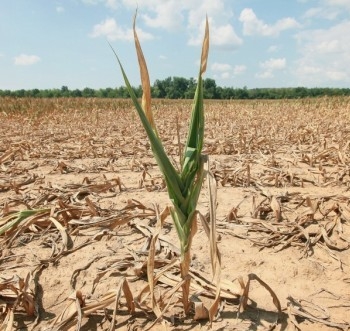The precipitation deficit in India could reduce the harvest of oilseeds

the Amount of monsoon rains in India last week was 20% below normal, especially in Central, Western and southern parts of the country, causing concerns about the state of crops.
Only from 1 June, when the monsoon season in India precipitation fell 16% less than the national average.
Monsoon rains have a significant impact on the economy because they are dependent on 55% of arable land and the agricultural sector employs nearly half the population of the country.
According to Meteodependent India, in the first half of July in the regions of soybean and cotton the amount of precipitation was 68% below normal, on the rubber plantations and tea – 71%. The precipitation deficit is felt on the plantations of peanuts and sugar cane.
Main winter oilseed crops of India – soybean, peanut and rice, corn, cotton and cane planted in June and July, during the rainy season, and harvested in October.
Some-where monsoons cause damage. So, for the last two weeks due to the floods in Assam killed 30 people and at least 5.8 million were evacuated. Also hurt the state of Bihar and neighbouring Nepal and Bangladesh. Total killed 153 people.
India has significant reserves of rice, wheat and sugar, but the lack of precipitation may reduce oilseed production, which will lead to increased imports of vegetable oils.
Import of vegetable oils in India amounts to 60% of consumption that is spent to $ 10 billion. This is the third value of the imported item after oil and gold.
Significant demand from Indian buyers has led to higher prices for Ukrainian sunflower oil.
Despite the low cost of palm oil, in recent months India increased its imports of soy and sunflower oil, and premium sunflower oil increased in comparison with soybean up to $100/t
Prices for Ukrainian sunflower oil grew to $740-750/ton for August deliveries, while for September they remain at 700-720 $/t


